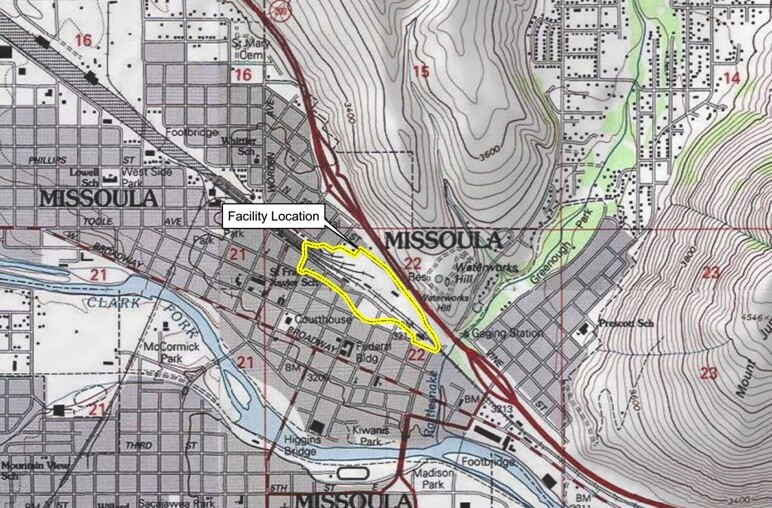MISSOULA — State environmental officials released final cleanup requirements for a railyard site in downtown Missoula Friday.
This northside railyard has operated since the 19th century for shipments heading all over the country. But over time, the train corridor caused environmental damage when fuel tanks leaking petroleum products polluted the aquifer and surrounding soils.
This landed the site as high priority on a state cleanup list included in the Comprehensive Environmental Cleanup and Responsibility Act. The facility was listed to that state superfund list May, 1994.
The newly released Montana Department of Environmental Quality (DEQ) Record of Decision (ROD) outlines cleanup requirements for the area - dubbed the Burlington Northern Missoula Facility.

Until quality standards are met, there are land-use restrictions in place for the 42-acre site.
"We're going to be restricting residential use of the rail yard. Currently, the ordinance indicates that residential [use] can be put on the rail yard so that is something we're going to be addressing with this [ROD]. And then we're also putting restrictive covenants on to groundwater usage," DEQ Environmental Project Officer Zach Neudeck explained.
The decision surrounding residential use comes from legal contaminant exposure limits according to the DEQ.
"Essentially commercial industrial workers, approximately working on a facility for maybe 8,10 hours a day. That's not the same as living at home 24/7, 365 days a year. So, it has to do with exposure limits, that's how you determine the difference between residential and commercial industrial standards." - DEQ Environmental Project Officer Zach Neudeck
Over the next 30 years, BNSF will be responsible for cleaning up contamination, although the area is currently actively used by Montana Rail Link.
The estimated cost of the cleanup is pegged at over $3 million.



